Today’s a first for this blog–and series. I’m showcasing someone who no longer works in the PR industry…because she retired! And, I feel kinda badly about that because I really should have highlighted Holly a long time ago. If you’ve worked in the Twin Cities PR industry for any length of time, you’ve probably heard Holly’s name come up. And, when you did, you never heard a bad word about her. There couldn’t be a better testament. After all, I always say (I shamelessly stole this from somewhere), your reputation is what people say about you behind your back. And, when people talk about Holly behind her back (in the best way possible!), they use words like “kind”, “thoughtful” and “hard-working.” I can’t think of three better words. Heck, I hope people use those kinds of words to describe me! But, we’re here to talk about Holly–so let’s get to this most recent PR Rock Star conversation.
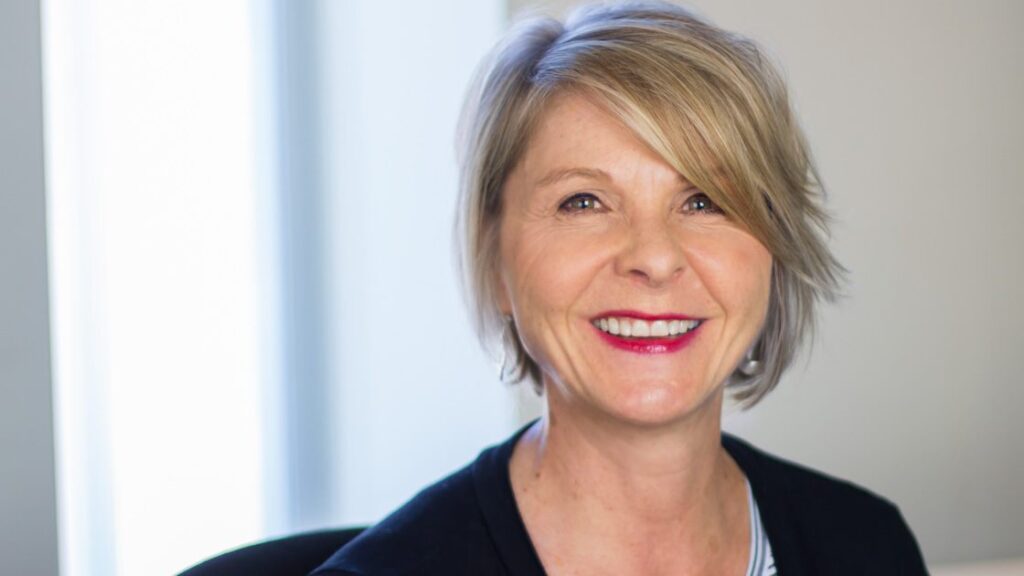
You had a vibrant and long career in PR, working in almost every possible setting–from corporate to agency to non-profit. Can you talk about what you liked most about each of those different settings?
Arik, thanks for the chance to reflect on my career and give some tips! I liked agency life because you could specialize in media relations and have the company of other professionals in marketing and PR. But I also liked being more of a communication generalist inside organizations, managing everything from events to publications—even sales collateral. I thrive on change and new challenges versus maintenance. So that drove me into a lot of different settings. Corporations and non-profits are not that different from each other. They both have constituents, revenue needs, and growth goals. What really differs from one setting to another is the quality of leadership and the resources you have to succeed. I was a solo corporate comm. director in several corporations, and that was really challenging.
We worked together during your time at Feed My Starving Children. What drew you to a strong mission-based organization like that?
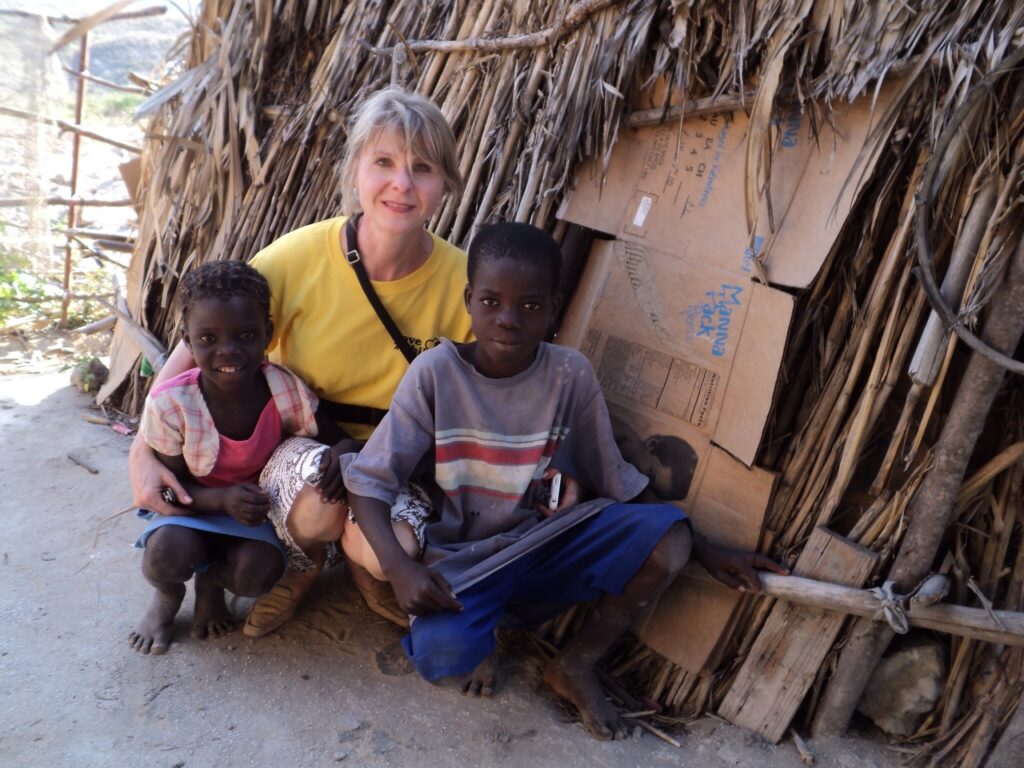
PR people are natural bridge-builders and peacemakers, so any setting can be a mission. But ever since becoming a follower of Jesus in my teens, I wanted to work at least for a while in a place 100% devoted to pouring His love into the world. I adored FMSC for the way it brought people of all stripes together to make a tangible difference. I’ll never forget working shoulder to shoulder with the Minnesota Somali community to raise money and pack meals for their people during the East African famine. It was amazing to work with American volunteers on the one hand and the 100+ missions distributing food to pockets of need around the world—from orphanages in North Korea to schools in Kenya and hospitals in Haiti. I was attracted by FMSC’s need for a solid communication infrastructure. When I first came, they relied on mainly fundraising letters and galas to grow. I got to hire staff and build social communities, start publications, train employees in messaging, and conduct media relations, especially during disasters. The pace and volume made for the most intense, but gratifying, three years of my life.
You were also a solo pro off-and-on for years. What was so attractive about solo life? And, why did you decide to move away from it?
Solo work was great when my three children were small, since my husband traveled quite a bit. I liked the flexibility, but the trade-offs were less security and stability. I was generally happier, I guess, when I could plug my talents into a team and structure and not worry about generating a pipeline of work. But I loved getting to know the Minnesota PR “solopreneur” network while I soloed!
Obviously, you enjoyed agency life–you came back after working at Colle+McVoy (now Exponent) earlier in your career to lead PR/content at DKY. What brought you back to DKY?
DKY and I started a long friendship back in early 2000s, when I did media relations for their Cargill account on a freelance basis. Later, they did some important pro bono branding work for me at FMSC. In 2016, when a client approached the DKY partners with a lot of content needs, they decided it was time to add a full-time PR and content function, which I was super happy to come in and anchor. The DKY partners have cultivated a really collegial agency—the best culture I’ve worked in. The firm is relatively small and quiet, but does big-agency quality work in integrated marketing communication with a senior practitioner in every discipline.
Like many in the media world, you made the jump to PR in 1989. Do you ever regret it? And, what advice would you share with media members who are thinking about making that jump in 2021?
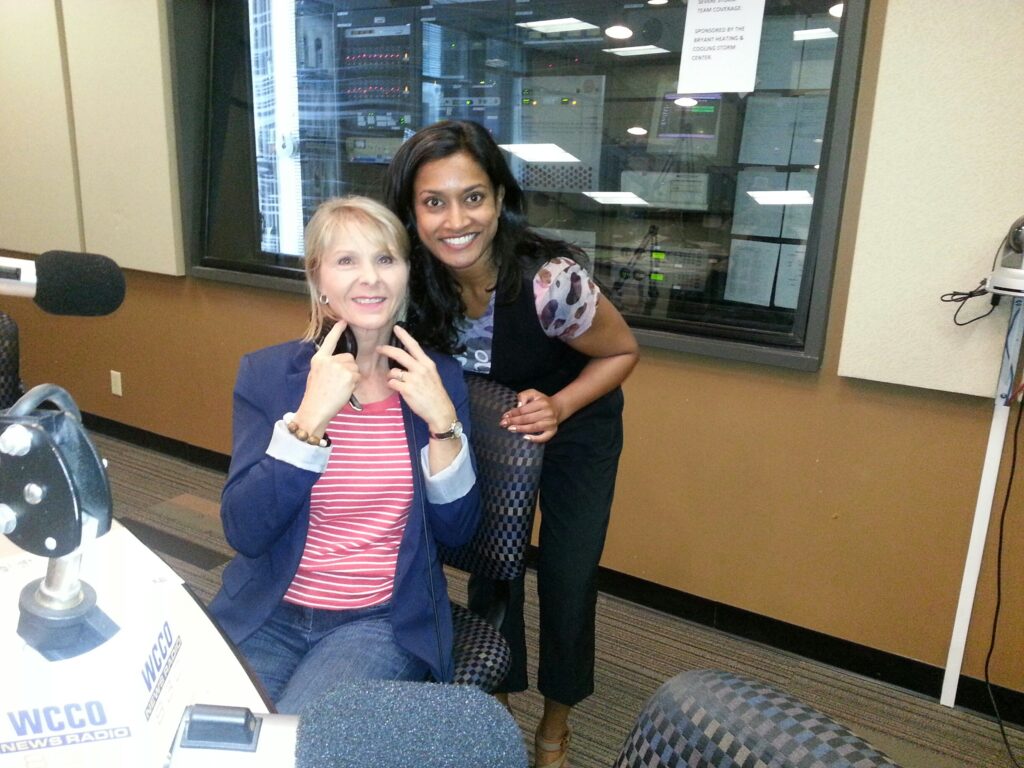
Broadcast news was a fantastic preparation for PR because it taught me to quickly assimilate and summarize a complex set of facts. But journalism does addict you to quick results and to working alone. Moving into PR, you need to slow up, learn to work within organizational channels, and collaborate. The other advice I’d give is to learn the strategic practice of PR, integrating all the disciplines beyond media relations. Pick up Cutlip & Center’s Effective Public Relations for a good primer.
Having worked in the PR industry for the last 30 years, what changes, shifts and trends made the biggest impact over that time? And, what trends do you see driving our industry in the next 30 years?
I wrote my first commissioned newsletter article at 15, and my last content for ADM at 65, so by my figuring, that’s 50 years! Obviously, the biggest change has been the internet (boy does that date me!). The digital world has ushered in so many channels for directly engaging our audiences. That calls for smarter choices, broader skills, and more functions to integrate if you manage a team. I’ve also found the gray space between PR and marketing is shrinking. Most organizations want you to be able to generate leads and revenue, not just manage reputation—or at least prove a cause-and-effect.
As long as I’ve known you, you’ve been a big proponent and supporter of PRSA. How and why did you become involved with PRSA initially? And what role did it play in your development and career?
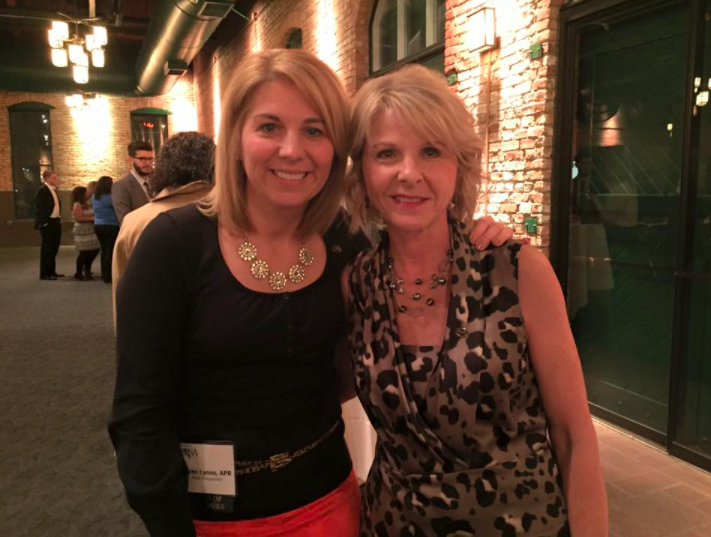
I got involved in PRSA early in my career while I was at Colle+McVoy PR (now Exponent). I helped organize the monthly programs and the agency required us to enter the Classics awards. Then I went quiet in the chapter during my busiest corporate years. I returned to Minnesota PRSA in 2015 to pursue accreditation (APR) to give me an edge in pitching clients as a solopreneur again. The free prep workshop alone was a fabulously valuable experience, and I wished I’d done it years ago. After earning my pin, I served on the accreditation committee to recruit others into the process, and then served on the board for two years. There are a lot of marketing groups you can join these days, but if you really want to practice strategic and comprehensive public relations, PRSA is the only game in town to learn from.
You’ve held numerous leadership positions over your storied career. What leadership lessons did you learn over the years that you could share today?
Gosh, I’d say to become people-oriented, not just task-oriented—especially if you’re leading a team. Relationships are the foundation of effective departments and keeping good people. I’d also say to fit into the culture you work in. A funny example is a 2nd-hand furniture I chose for my office at Feed My Starving Children. Even though it was cheaper, it looked a little fancier than average, I think, which in retrospect may have set up perceptions I had to overcome. You need to stay humble and relatable, not come across as the grammar and branding police. Along that line, keep your writing conversational. Hardly anybody, especially executives, have time to digest long, windy plans or even emails anymore. I’ve noticed a tendency for PR people to write like academics. Many times, this backfires. Be sure to circulate. Don’t get so heads-down producing newsletters that you miss the scuttlebutt. At a health benefits plan once, I didn’t know about a big premium hike and contract problems with an AIDS clinic until the media called, after complaints from members. Sometimes newsmaking changes happen behind the scenes and you need to stay connected to prepare.
Staying on the leadership topic, what local leaders did you look up to during your career, and why?
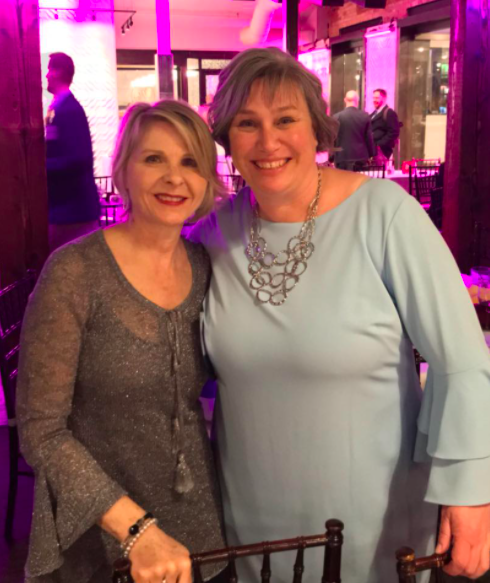
Oh, so many. Arik, you’ve been a great “cross-pollinator” of ideas and practices among contemporary PR practitioners, especially when it comes to social. I’m a big devotee of Karen Lyons, Betsy Anderson, and Janet Swiecichowski, my APR mentors. I also admire Jason Sprenger, Heather Cmiel, and Eva Kaiser, recent presidents of Minnesota PRSA, who sacrificed so much to strengthen the chapter. And I have to thank Rose McKinney for my “aha!” moment about audience-based PR objectives. Her workshop forever changed the way I conceptualize plans.
When people retire, they talk about legacy. What is your legacy in the PR world?
People have often called me quiet, focused, and driven. I hope that means I’ve been tenacious in using the power of communication to change important things. I’ve thrived on building new initiatives versus digging in for the long tenures. While this made life and change stressful sometimes, I think God’s used this quirk to bring me into good organizations that needed a stronger communication infrastructure at a critical time. DKY’s mission statement is, “We help good people build brands of great impact.” I sincerely hope I’ve done that on a personal level.

0 Comments